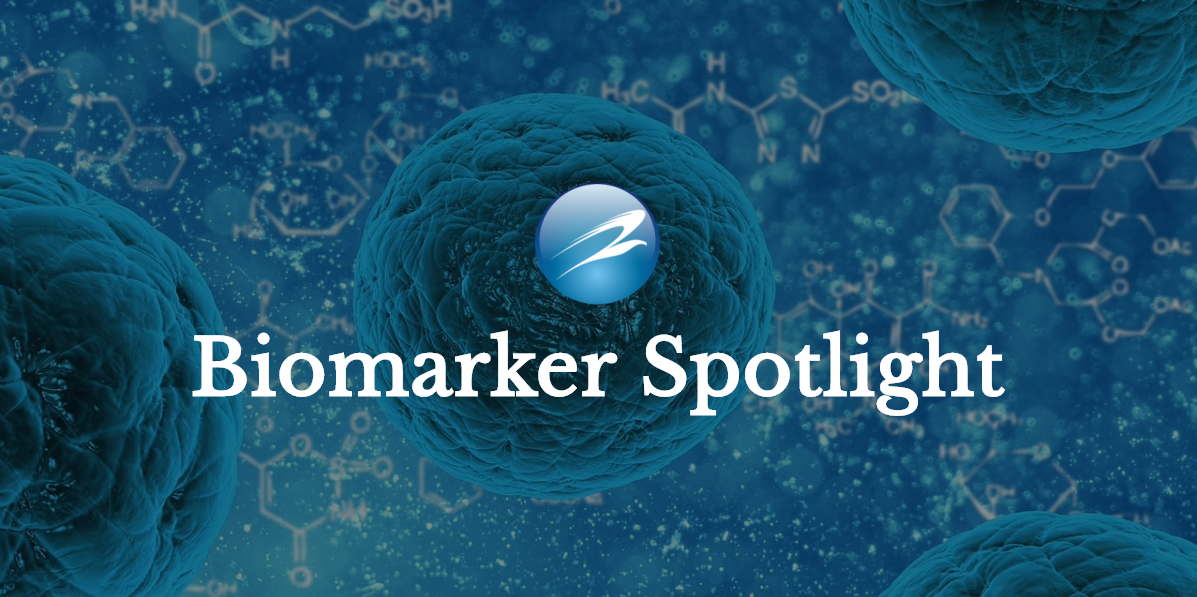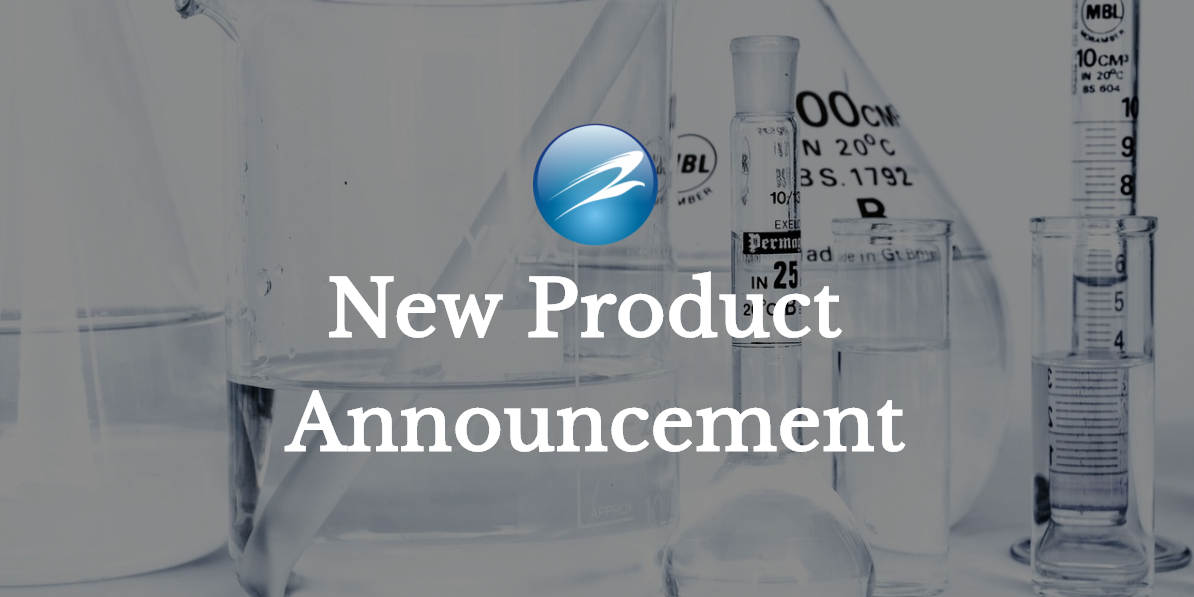
The Eagle Bioscience’s TNF-Alpha ELISA Assay Kit was recently utilized in a publication about the detection rate and genotyping of Cryptosporidium spp. and its relation to corporate TNF-Alpha in elderly Egyptians.
Abstract
Background
Elderly individuals are considered an at-risk population, susceptible to enteric infections; and Cryptosporidium spp. is an apicomplexan protozoan considered to be one of the most common protozoa causing diarrhea. Cryptosporidiosis causes elevation of many pro-inflammatory cytokines like tumor necrosis factor-alpha (TNF-α) which may play a role in pathogenesis of the disease.
Objectives
This study was designed for detection and genotyping of Cryptosporidium spp. in elderly patients and the relationship of infection with copro TNF-α. Diagnosis was by evaluation of permanent acid-fast cold Kinyoun’s (AF) staining, immunochromatographic detection (ICT), and ELISA in comparison to molecular diagnosis as gold standard diagnostic method.
Subjects and Methods
Stool samples were collected from 270 elderly patients aged above 60 years old attending outpatient clinics of Internal Medicine Hospital, Cairo University. Sample were examined microscopically by direct wet mount, and AF straining, and then subjected to ICT ELISA and nested PCR (nPCR) assays. Positive samples by nPCR were then subjected to Restriction fragment length polymorphism (RELP) to detect Cryptosporidium genotypes. Corpo-levels of TNF-Alpha were measured to asses their relationship with cryptosporidiosis.
Results
Cryptosporidiosis detection rates of 3.7%, 6.3%, 6.7%, 3.7% were determined by microscopic examination after AF staining, ICT, ELISA and nPCR, respectively. When RFLP was performed on nPCR positive samples, eight and two samples were assigned as genotype 1 and 2, respectively. Moreover, TNF-α was significantly correlated with cryptosporidiosis.
Conclusion
Conclusion: The elderly are highly vulnerable to cryptosporidiosis. Immunodiagnosis and molecular techniques are fundamental for the diagnosis of cryptosporidiosis. Cryptosporidiosis significantly affects copro TNF-α.
If you have any questions about this product or our other offerings, contact us here.



